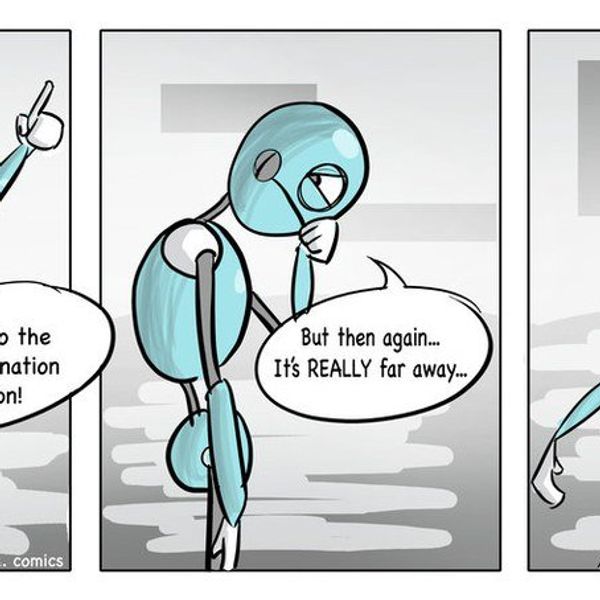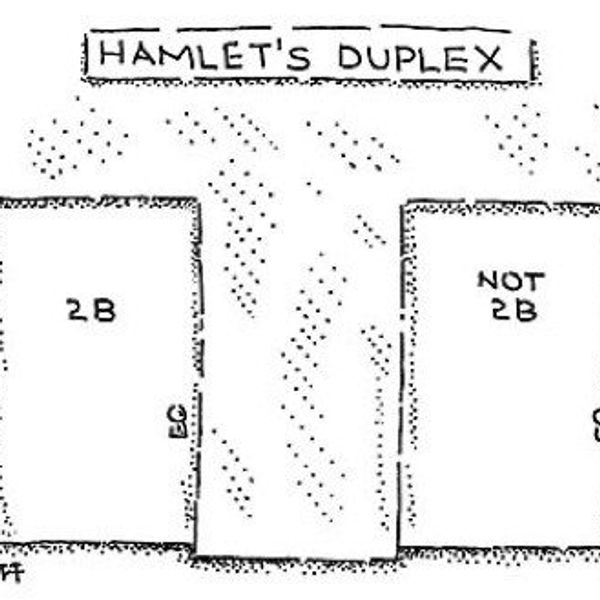With movies like "Game of Thrones," "Lord of the Rings," and "The Hunger Games," archery has been increasing in popularity over the last few years. There was even an attempt at SU to start an archery club. I've been shooting bows for over 10 years, and I feel pretty comfortable in being able to spot poor and good form. Archery is an important tool in any outdoorsman's skill set. It is one of the oldest forms of hunting in the world and has been practiced for thousands of years. The bow and arrow have ended wars and put food on the table. It comes in many shapes and sizes, and there are dozens, if not hundreds of ways and techniques to shoot it. Like most things, there are fundamentals, basics that you must learn before trying any sort of advanced technique.
The first step to proper form begins with your first steps. Before you even draw your bow, you have to have your feet in the right place. Keep your feet shoulder width apart and have them in line with your target. This ensures that you get maximum draw length, and it's just less awkward.
When aiming, you can teach someone to shoot intuitively, a type of shooting also known as instinctive shooting where the archer does not use anything to help him or her aim. You could also teach them how to shoot with sights, where they're using sight pins or looking down the arrow shaft. For shooting recurve or the longbow, I prefer shooting instinctively. I feel that if I rely too heavily on looking down the arrow shaft and adjusting my hand grip, I will miss shots when I have to change to a different range. My longbow also has a 74-pound draw weight, so there, I don't get much time to hold it and aim; my shots are usually off in a matter of seconds.
For a compound bow, you can shoot it instinctively, but to me, it only makes sense to use sight pins. When drawing your bow, the arm you are using to the hold the bow, left for right handed shooters and vice versa, is locked out, but not hyperextended. If your arm is hyperextended, there's a chance that the bow string will strike your chest or arm and give you a bow burn. Not only will this hurt a lot, but it will mess up your shot. Your arm that's drawing the bow should pull the string all the way back to your lips (depending what technique you're using to aim). Some bows even have a little piece of rubber attached to the string called the kisser that you bring back to your lips. This ensures consistency with every shot.
In short, at a full draw, your feet should be shoulder length apart, and in line with the target. Your shoulders should also be a straight line pointing at the target, and your body should be making a T. Perfect form is not achieved overnight, but with practice it can be learned in a matter of weeks.





















